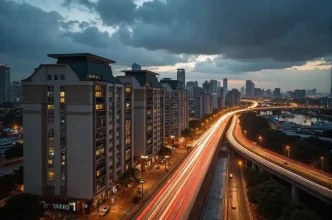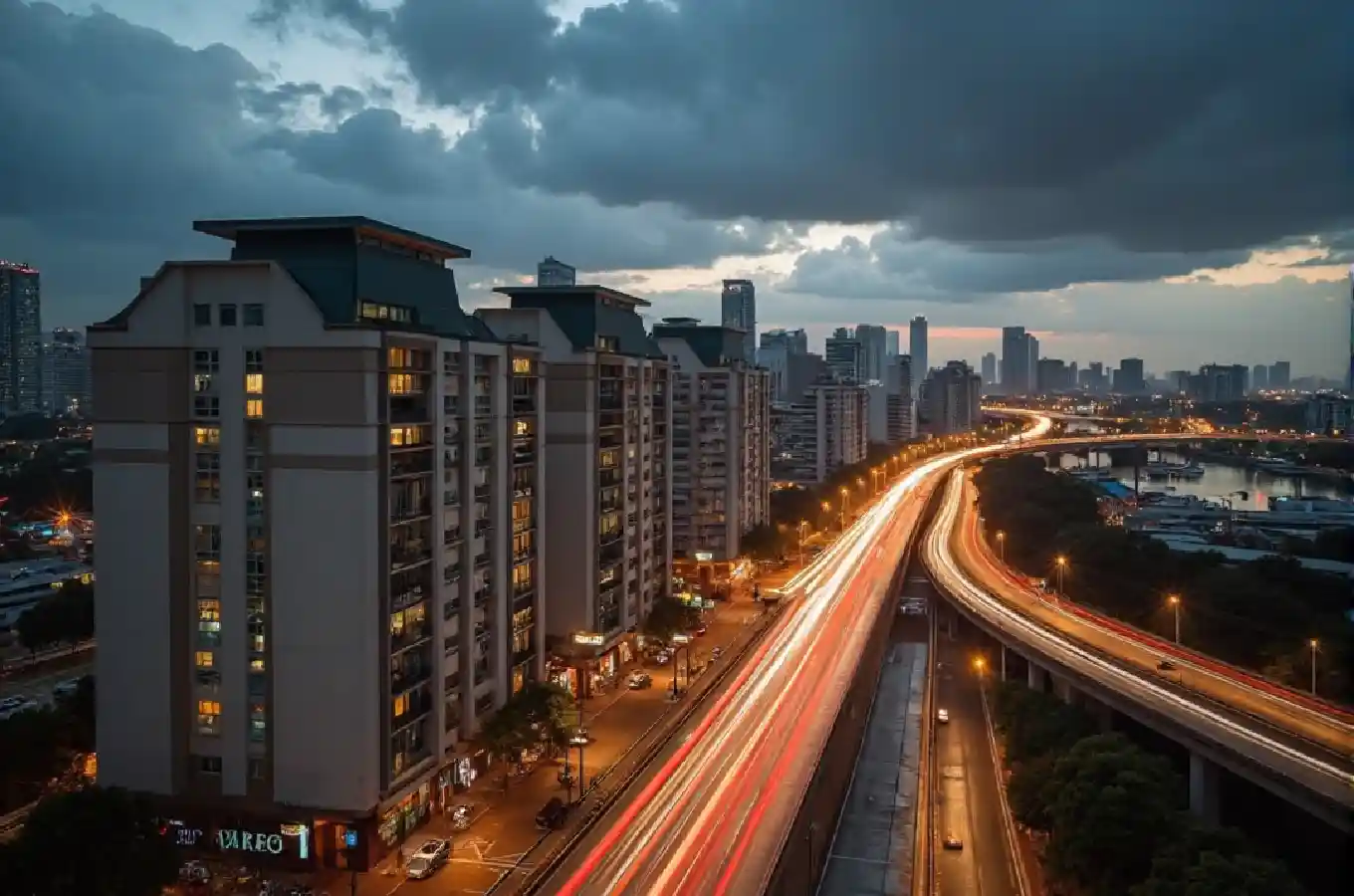In the wake of two tragic deaths involving young children falling from high-rise buildings in Malaysia, experts and activists are sounding the alarm on the urgent need for stricter safety regulations. The incidents, occurring just days apart in May 2025, have intensified calls for mandatory safety measures such as balcony netting and window grilles in residential towers, particularly to protect toddlers and young children.
Tragic Incidents Spark National Concern
On May 17, a two-year-old boy fell to his death from the seventh-floor balcony of a public housing flat in Precinct 9, Putrajaya. Just three days later, on May 20, a seven-year-old girl lost her life after reportedly climbing out of a window and falling from the 29th floor of a condominium in Puchong, where she was under the care of a babysitter. These heartbreaking events have brought renewed attention to the dangers posed by high-rise living, especially for children, in a country where urban density continues to drive families into towering residential blocks.
Children’s Commissioner to the Human Rights Commission of Malaysia (Suhakam), Dr. Farah Nini Dusuki, emphasized the gravity of the situation. “The protection of children must override aesthetic considerations” she said, urging a review of local government by-laws to enforce safety measures. Dr. Farah highlighted the need for mandatory window grilles or netting in high-rise accommodations, pointing to past statistics that reveal a troubling pattern of such accidents.
Current Regulations Fall Short
Under Malaysia’s Uniform Building By-Laws 1984 (UBBL), balcony railings in residential high-rise buildings must be at least one meter (1,000mm) in height. However, local authorities have the discretion to impose stricter standards, and there are no mandatory requirements for window grilles or other protective barriers. Building management or individual owners may install such features voluntarily, but this patchwork approach has left significant gaps in child safety.
Child activist and pediatrician Datuk Dr. Amar Singh HSS described the current regulations as inadequate. “The UBBL should explicitly address child safety in high-rise dwellings” he said, advocating for by-laws that make residential towers fall-proof for young children. Dr. Amar proposed several practical solutions, including the installation of invisible grilles—thin, high-tensile stainless steel cables that provide a barrier without obstructing views—on balconies. He also suggested window restrictors to limit openings to between 10cm and 12cm, as well as childproof locks on balcony doors, sliding doors, and windows.
“Accidental falls from high-rise buildings are posing a threat to children’s safety, especially with high-rise living becoming more common” Dr. Amar noted. He added that young children’s natural curiosity, coupled with a lack of awareness about danger, often leads to tragic outcomes. He also pointed to cultural influences, such as superhero cartoons and TV shows, which may give children a false sense of invulnerability.
Broader Safety and Design Concerns
Beyond regulatory gaps, the design of many high-rise buildings in Malaysia prioritizes aesthetics over safety, according to critics. Tan Sri Lee Lam Thye, chairman of the Alliance for a Safe Community, argued that current by-laws fail to account for children’s behavior, such as playing along corridors or near unprotected edges. “The design of high-rise buildings is more focused on aesthetics rather than safety” he said, calling for a comprehensive review of regulations to address these risks.
Lee also proposed innovative solutions, such as installing motion-sensing CCTV cameras on all floors of high-rise buildings. These systems could enable security teams to detect and respond to situations where children are at risk. “This may involve cost, but it is something worth spending on if it can prevent the loss of life” he added.
Parental Responsibility and Community Support
While experts agree that systemic changes are essential, they also stress the role of parental vigilance. Dr. Amar acknowledged that constant supervision is challenging, even for the most attentive caregivers. He advised parents to assess the risks in their high-rise homes and take proactive steps, such as removing furniture near windows and balconies that children could use to climb. “Parents should evaluate the risk of their high-rise apartments and remove all furniture near windows and balconies so that they do not aid children in climbing” he said.
Recognizing the financial barriers faced by lower-income families, Dr. Amar also urged the government to provide assistance to the B40 community—those in the bottom 40% of income earners—who often live in public housing flats. Subsidies or programs to child-proof windows and balconies could make a significant difference for these vulnerable households, ensuring that safety is not a privilege reserved for the affluent.
A Growing Urban Challenge
The issue of child safety in high-rise buildings is not unique to Malaysia but reflects a broader challenge across rapidly urbanizing regions in Southeast Asia. As cities like Kuala Lumpur continue to grow vertically, with towering condominiums and public housing flats becoming the norm, the risks to young residents are becoming more pronounced. Families are often left with little choice but to adapt to environments that were not designed with child safety in mind.
Comparative examples from other cities, such as Singapore and London, show that stricter regulations and innovative design can mitigate these dangers. In Singapore, for instance, the Housing and Development Board mandates safety features like window grilles in public housing, while also educating residents on child safety. Malaysia could draw on such models to develop a comprehensive framework that balances urban development with the protection of its youngest citizens.
Public Sentiment and Calls for Action
The recent tragedies have struck a chord with the Malaysian public, with many voicing frustration over the lack of enforceable safety standards. On social media platforms, parents and concerned citizens have shared stories of near-misses and called for immediate reforms. The emotional toll of these incidents has fueled a broader conversation about the responsibilities of policymakers, building developers, and community leaders in safeguarding vulnerable populations.
Activists like Dr. Amar and Tan Sri Lee hope that this groundswell of public concern will pressure authorities to act swiftly. Revising the UBBL to include mandatory safety features, providing financial support for low-income families, and raising awareness about the risks of high-rise living are all steps that could prevent future tragedies. Yet, the path to reform is often slow, and for many grieving families, the urgency of change cannot be overstated.
Looking Ahead: A Safer Future?
As Malaysia grapples with the dual challenges of urbanization and child safety, the recent deaths of two young children serve as a stark reminder of what is at stake. The push for updated by-laws, mandatory safety installations, and greater public awareness is gaining momentum, but translating these calls into action will require sustained effort from all sectors of society. For now, parents are left to navigate the risks of high-rise living with limited resources, while advocates continue to press for a future where no child’s life is lost to preventable accidents.
















